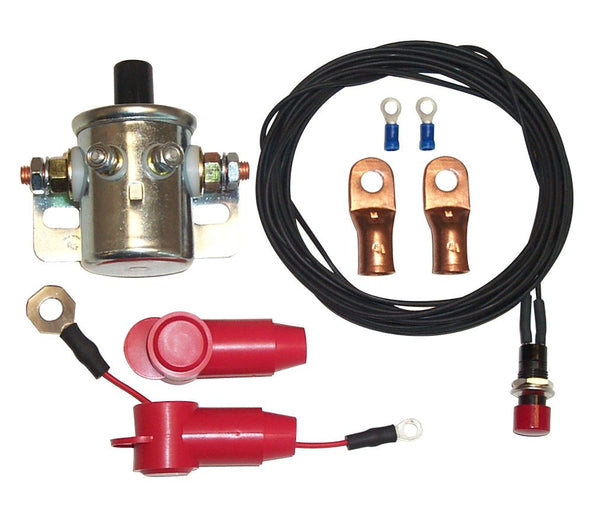Joel K
Supporter
Starting to design my electrical system and main connections to the battery and have a couple questions.
1)Do you need a fuse between the Starter Motor and the battery? I’m referring to the large positive cable that goes from the battery to the starter motor and not the positive wire that goes from the ignition to the starter solenoid. My starter is about two feet away from the battery, what wire gauge would you recommend? I have the VW starter and Graz transaxle.
2)Also, do you need a fuse between the alternator and the battery for the positive wire that charges the battery? My alternator is about 3-4 feet away from the battery, what wire gauge would you recommend? The alternator produces 170 Amps.
Always appreciate the help, thanks.
1)Do you need a fuse between the Starter Motor and the battery? I’m referring to the large positive cable that goes from the battery to the starter motor and not the positive wire that goes from the ignition to the starter solenoid. My starter is about two feet away from the battery, what wire gauge would you recommend? I have the VW starter and Graz transaxle.
2)Also, do you need a fuse between the alternator and the battery for the positive wire that charges the battery? My alternator is about 3-4 feet away from the battery, what wire gauge would you recommend? The alternator produces 170 Amps.
Always appreciate the help, thanks.


